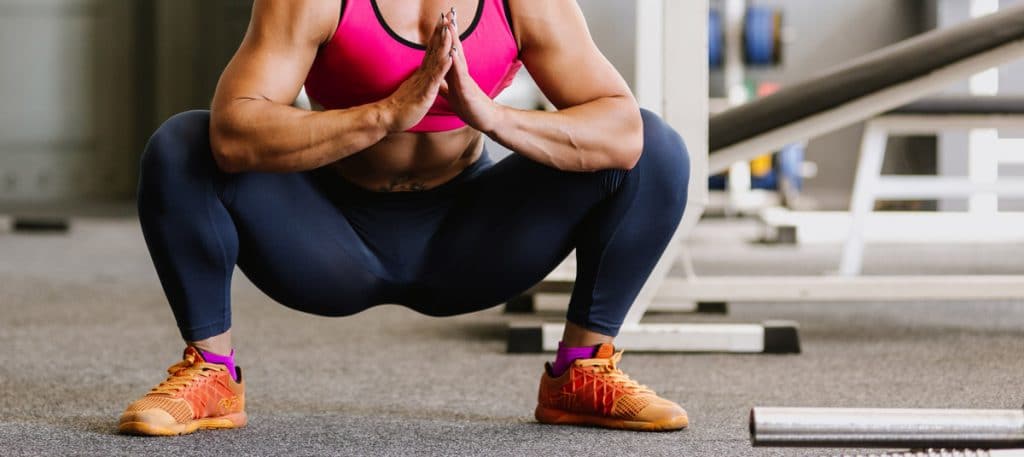Maintaining a regular running routine as a mom is already a commendable undertaking. But given that you have other home issues to attend to, you’re likely to start running immediately when your set time comes. This is a reminder not to skip the much-needed warm-up session before you hit the road running.
How Does Warming Up Help You?
Warming up before running is beneficial to you in the following ways:
- Prevents Injuries: When your body is in a state of rest, blood circulation to the muscles is reduced. This in turn is what makes your muscles stiff. Getting into intense physical activity immediately increases your risk of injury. By warming up, you improve blood circulation into your muscles, thus making them pliable and less prone to injury.
In case you’re already injured and your foot is in pain, you may want to check out podiatrist Sunshine Coast for professional advice on how to get back on your feet and prevent future injuries.
- Increases Endurance: Warming up increases the supply of nutrients and oxygen to every muscle in the body, which enables you to run for even longer periods without getting excessively tired.
- Increases Flexibility: Warm-ups increase your body temperature and make your synovial fluid less viscous. This means better lubrication for joints, thus smoother movement of your legs and arms.
7 Warm-Up Exercises You Should Try
Here are 7 pre-run warm-ups you should do for a total of about 20 to 30 minutes before you start running:

1. Brisk Walking
With your head up, eyes fixed ahead, and back straightened, walk at a speed of about 120 steps per minute or two steps per second. You can also tweak this by walking on your toes or heels. Three minutes should be enough to condition your body for running.
2. High Knees
With your chest high, back straight, and eyes focused straight ahead, lift one knee at a time as high as possible. As you bring the lifted foot to the ground, immediately lift the other knee.
Your arms should move in sync with the knees—that is, raise the right arm as you raise the left knee. Repeat the process again and again, gradually increasing the pace as you go on. In about five minutes, you’ll have activated your glute, quads, and hamstring muscles.
3. Squats
This is meant to get your hips into good form before running. Start in an upright standing position with your legs slightly apart. Make a squat by lowering your butt toward the ground until the bend at your knee becomes an acute angle. Stand up to your feet and repeat the process over and over again.
You can further activate your hips by rotating your legs outward whenever you rise from the squat position. Alternate between the right and left legs for best results.
4. Leg Swings
Standing on one foot, swing the other one frontward in a similar manner to the pendulum. Swing it as high as you can for added flexibility. Repeat the swings about 20 times and then switch to the other leg. If time allows, you can do two or three sets for each leg. Spice things up by trying side swings, followed by backward swings.
5. Butt Kicks
Jog in place, making sure your heel kicks your butt every time you swing your leg backward. Another equally effective alternative is to jog while moving forward, backward, or in circles. This warm-up exercise helps prepare the knees for running.
6. Arm Circles
While most of the previous exercises in this list focus on the legs, don’t forget that your arms play a big role in running. To do arm circles, stand with your feet apart and arms raised shoulder high. Make circles with both arms, with the shoulders as the pivot. Change the direction after one minute.
Alternatively, jump slightly to alternate your feet between an ‘apart and together’ position. While moving from the ‘together’ to the ‘apart’ position, swing your arms outside to shoulder height. While moving your feet to a ‘together’ position, swing your arms from shoulder height to tap your hips at the sides.
7. Lunges
Move your right leg forward. Move your hips toward the floor until your right knee forms a right-angle bend. Ensure that your right knee doesn’t extend beyond the ankle. Meanwhile, your left knee should almost touch the floor. Stand back to an upright position. Repeat this move for about one minute and then switch from the right to the left leg.
Final Thoughts
You’re now ready to hit the road. Your blood should be circulating throughout your body now. All the muscles you’ll use while running are now flexible enough for the job. You can now fully enjoy running and lose that extra weight.











